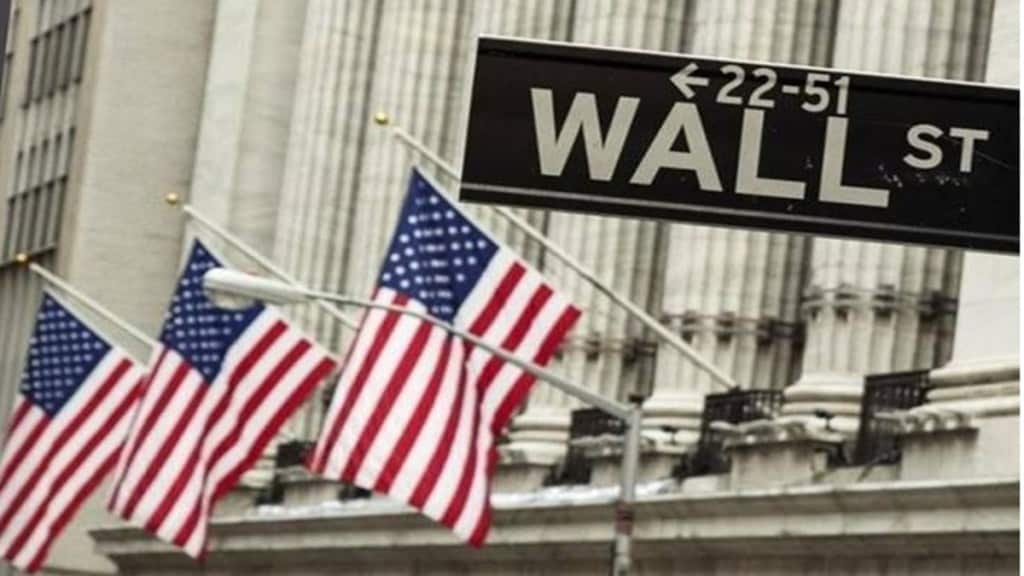US stocks rose on signs that American politicians are making headway on debt-ceiling negotiations and will be able to avoid the country’s first-ever default. “Stock markets are buoyant on optimism that the US will raise its debt ceiling, avoiding default and global economic fallout, but investors now need to avoid complacency, “ warns Nigel Green CEO, deVere Group, one of the world’s largest independent financial advisory, asset management and fintech organisations.
The warning from deVere Group’s Nigel Green comes as Wall Street’s S&P 500 index and the Nasdaq Composite both reached their highest levels since August 2022.
After the major averages rose during Thursday’s regular session, US stock futures increased slightly on Friday as market sentiment improved and fears about the US debt ceiling situation subsided. Seven of the 11 S&P sectors ended Thursday’s regular session in the green, with consumer discretionary, technology, and communication services leading the way.
Also Read: Jerome Powell and Ben Bernanke to participate in panel discussion today
Investors kept an eye on the US debt ceiling talks as House Speaker Kevin McCarthy signalled that a potential agreement might be reached as soon as next week.
The deVere CEO says: “A huge sense of relief is sweeping across stock markets after US policymakers said that a bill to raise the debt ceiling in the world’s largest economy may be put to a vote next week, raising the possibility of a deal to avoid a government default and the serious global economic repercussions that would follow.
The reports coming out of Washington help restore confidence, stability and certainty – which markets thrive on – as they indicate that the US government will continue to meet its financial commitments.”
Green continues: “However, investors must avoid complacency. While stock markets are enjoying this wave of buoyancy, with investors appearing to be looking beyond the current interest rate cycle and ahead to the next upswing in the economic cycle, core major bond markets continue to be marked by inverted yield curves, which suggest a recession is looming.”
The inverted yield curve indicates a recession is ahead because it’s a sign of a tight credit market and weak economic growth. The inversion has preceded most US recessions – which, of course, have a huge drag on the global economy – since 1950.
“With this disconnect between stocks and bonds, investors should brace themselves for significant volatility in global financial markets over the next few weeks. We could see a 10% correction,” says Green.
deVere believes that four key sectors would be mostly resilient in a recession. These include commodities, such as oil, as their prices typically rise in response to inflation; consumer staples like food, and hygiene products, as demand is likely to remain relatively stable; healthcare, as it provides essential services that are less affected by economic cycles; and utilities, including electricity, gas, and water as demand will also be typically consistent.
“While a resolution of the debt ceiling crisis may provide a temporary relief rally, it doesn’t guarantee sustained market growth or shield against other market risks. Investors need to be alive to the real challenges potentially coming down the track that could hit their returns if their portfolios are not properly diversified,” adds Green.


